| Seasonality and Multiple-brood Species |
When we speak of the seasonality of any
species of moth we are generally referring to the flight period of the
adult moth. In single annual brood species the adult flight period may
be just a few days out of the 365 day year. Most of the life of a moth
is spent in the egg, larval and pupal stages. For many moths little is
known of these stages and even the flight periods may be imperfectly
known. The moth season can be very different in Canada and the
northern tier of states in the USA compared with middle-latitude
states or those of the far south. A species that is single-brooded in
the north may have several broods in the south. Flight periods may
precede slightly or occur in synchrony with the leafing out of
specific vegetation required for the development of caterpillars.
There is no one-size-fits-all pattern for the life style of moths. In
tropical Florida some species may be active year-round.
Seasonality data are provided below for just a few species
displaying different patterns of flight periods. Accurate data can be
compiled only by extensive collecting and record keeping. Vernon A.
Brou, Jr., of Louisiana has been doing this daily for 35 years (except
for a recent break caused by Hurricane Katrina). To date Vernon has
published in Southern Lepidopterist's News more than 100 brief
articles with photos and graphics like those shown here.
|
| Virgin Tiger Moth -- Grammia virgo -- Single-brooded
Species |
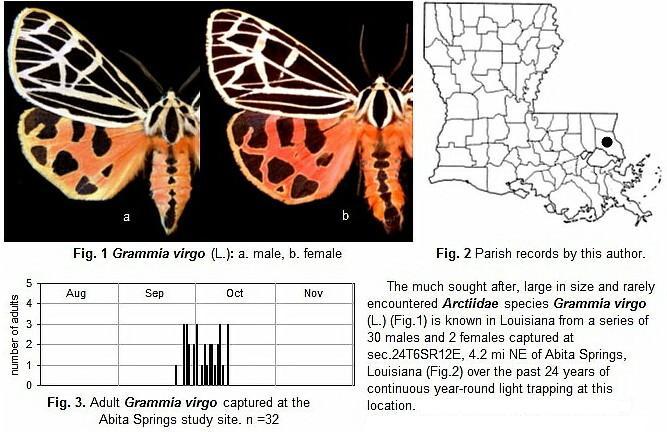 © Vernon A.
Brou, Jr. -- previously published in Southern Lepidopterist's
News © Vernon A.
Brou, Jr. -- previously published in Southern Lepidopterist's
News |
|
This species, while broadly distributed across
eastern North America, is only rarely found in the deep south. In
Maryland (John Glaser unpubl. mss.) it is abundant across the State
but adults fly only within the restricted period of July 21-Sep. 3.
The short flight period, both in Maryland and in Louisiana, indicate
that this species has but one annual brood. The later flight period
in Louisiana might be an avoidance of the hottest period of summer
there. Host plants include members of the Chenopodiaceae
(Goosefoots, Amaranths) with June-Oct. growth periods as well as
clovers, lettuce and plantains.
| |
| Bog Lithacodia Moth -- Deltote (=Lithacodia) bellura --
Multi-brooded |
|
|
| Io Moth -- Automeris io -- Multi-brooded |
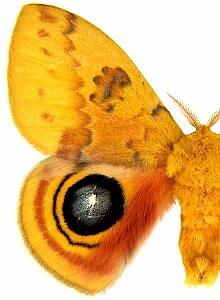 Male Male
|
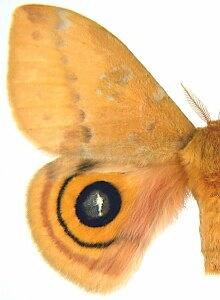 Male Male
|
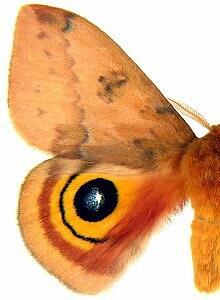 Male Male
|
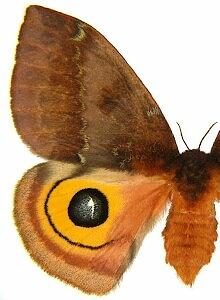 female female
|
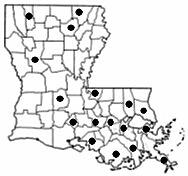 |
The Covell Field Guide credits this species as
having one brood northward (Manitoba-Quebec-Maine) and two or
three broods southward (Texas-Florida). In Maryland (John Glaser,
unpubl. mss.) the flight season runs from May 26 to Aug. 25, which
would allow for two annual broods, with the late brood
overwintering as pupae. Vernon Brou has discovered four annual
broods in Louisiana.
As shown in the chart below, with
brood peaks indicated, the longer flight season in Louisiana
allows for four annual broods with the peaks spaced at about
46-day intervals. In contrast to the previous chart for Deltote
bellura based on 176 specimens over the years, the chart in
this case is based on 3,604 specimens and clearly indicates the
relative size of broods. The last brood of the year is by far the
largest. So, why isn't next year's first brood also large? Many of
the overwintering cocoons and pupae are destroyed by predators,
accidents and the elements.
|

Photos and
Graphics © Vernon A. Brou, Jr. -- previously published in
Southern Lepidopterist's News
| |
 © Vernon A.
Brou, Jr. -- previously published in Southern Lepidopterist's
News
© Vernon A.
Brou, Jr. -- previously published in Southern Lepidopterist's
News 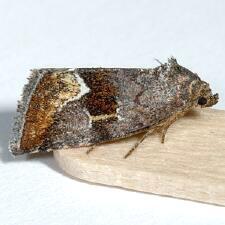 © Nolie Schneider
© Nolie Schneider
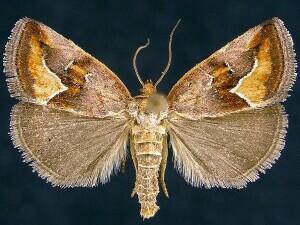 © Jim Vargo
© Jim Vargo
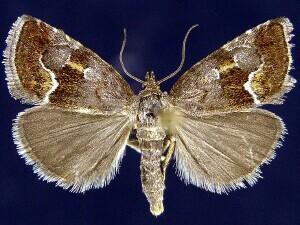 © Jim Vargo
© Jim Vargo
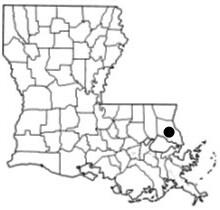

 Male
Male  Male
Male  Male
Male  female
female

